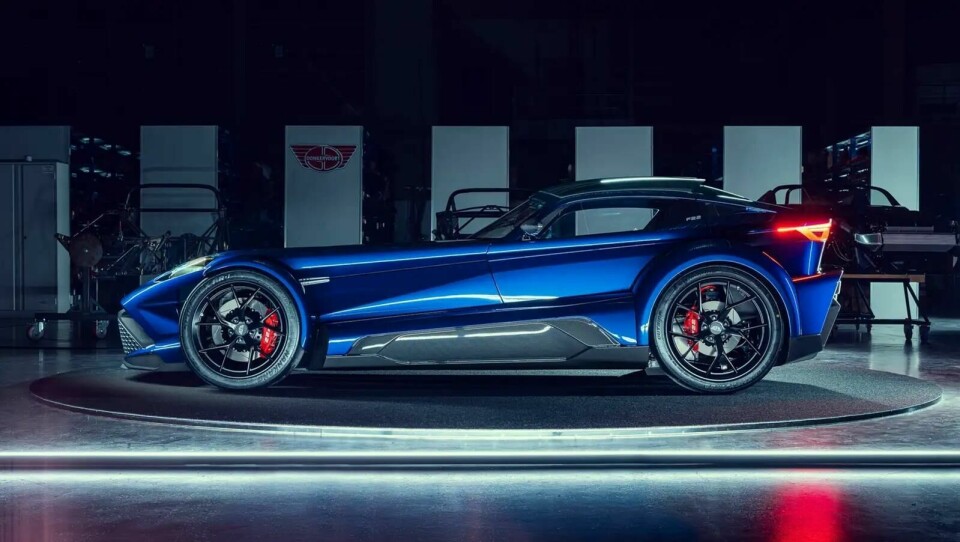
Inside Donkervoort: agile cars, agile design
Car Design News goes behind the scenes at Dutch sportscar maker Donkervoort
Tucked away in the corner of an industrial estate on reclaimed land not far from Amsterdam, sits Donkervoort Automobielen. A family-run business now in its second generation – currently led by the founder’s son – the company has been turning out bonkers two-seater sportscars for the better part of five decades.
Starting first as an importer and retrofitter of Lotus Sevens (which had to be adapted slightly for Dutch roads) founder Joop Donkervoort began developing his own cars with a similar recipe: semi-open front wheels, two seats and a power-to-weight ratio that puts practically anything else on the road to shame. It was far from smooth sailing, with Denis Donkervoort, who fully took the reins as CEO in 2021, recalling the launch of its GT at the 2007 Geneva Motor Show as something of a failure.
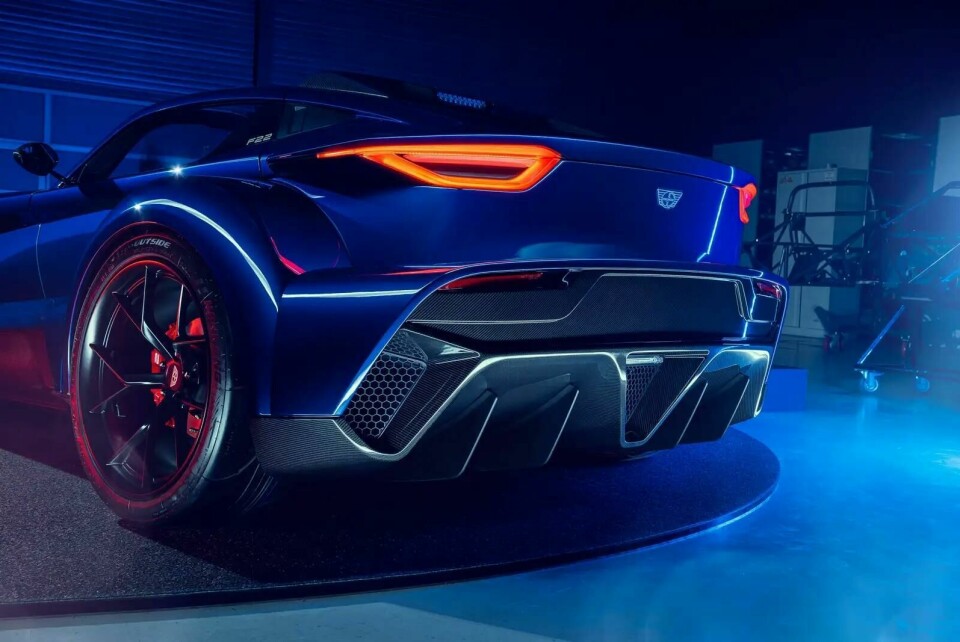
But not one to throw in the towel, the tight-knit team of around 20 employees stuck at it and used the lessons learned to come up with a far more accomplished offering for its next car. Fast-forward to today, and a secretive new project is in the works that promises to take things to the next level with more power, more cubic capacity and as as advisory board member Amko Leenarts (yes, that Amko) puts it, a much keener focus on design.
We had the opportunity to make a new concept with a truly holistic design, working on everything at once and not part-by-part
Away from his day job as head of design for Ford of Europe, Leenarts has been working closely with the Donkervoort team over the last few years, dedicating his free time to the project and even using days of holiday if needed. But it is not a charitable gesture: has had a close relationship with Donkervoort since a child. In fact, it was what got him into design in the first place.
Today, he works closely with head of design and development Jordi Wiersma, who straddles both design and engineering and joined in around 2005. “At the beginning, I was there really for advice,” says Leenarts. “I would just raise the right kind of questions and help them to better understand what they wanted and how to get it done.”
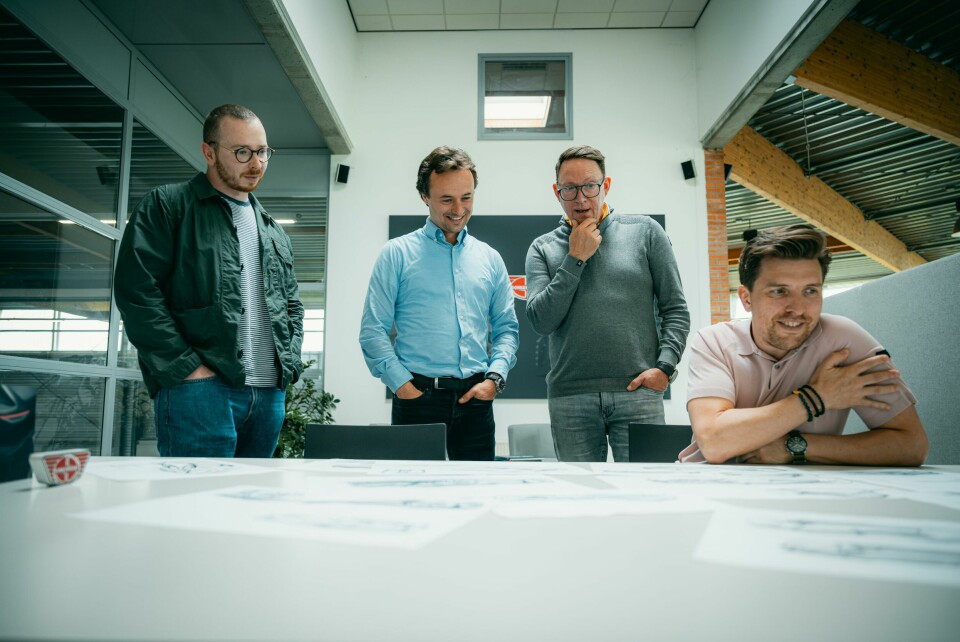
And although Jordi and the team were using digital tools, Leenarts helped to steer them further in this direction to speed up development, testing, validation and – in practical terms – work together on projects remotely. “We had this opportunity to make a new concept with a truly holistic design, working on everything at once and not part-by-part,” he says.
“We knew it would be a difficult ride but from there on, we introduced more digital tools, including VR.” Indeed, the operation has gradually become more professional. Wiersma recalls the moment when Leenarts brought professional automotive tape into the office for the first time – a step up from the yellow carpet tape that had been used until that point.
This new design-focussed approach is already evident in the current F22 sportscar, which on our visit took pride of place in the showroom. Sitting alongside the previous generation, it is much easier to see the nuances: a sharknose front end, an angled tail at the back, new lights and a clever new roof assembly.
Inside, the interior is also far more sculptural with an IP that sits lower down. The feeling with the previous generation was that the cockpit was a little claustrophobic, with an upright dash and very little breathing space. The current model feels far more open, trimmed to a higher quality and in line with what a multi-six-figure car should offer.
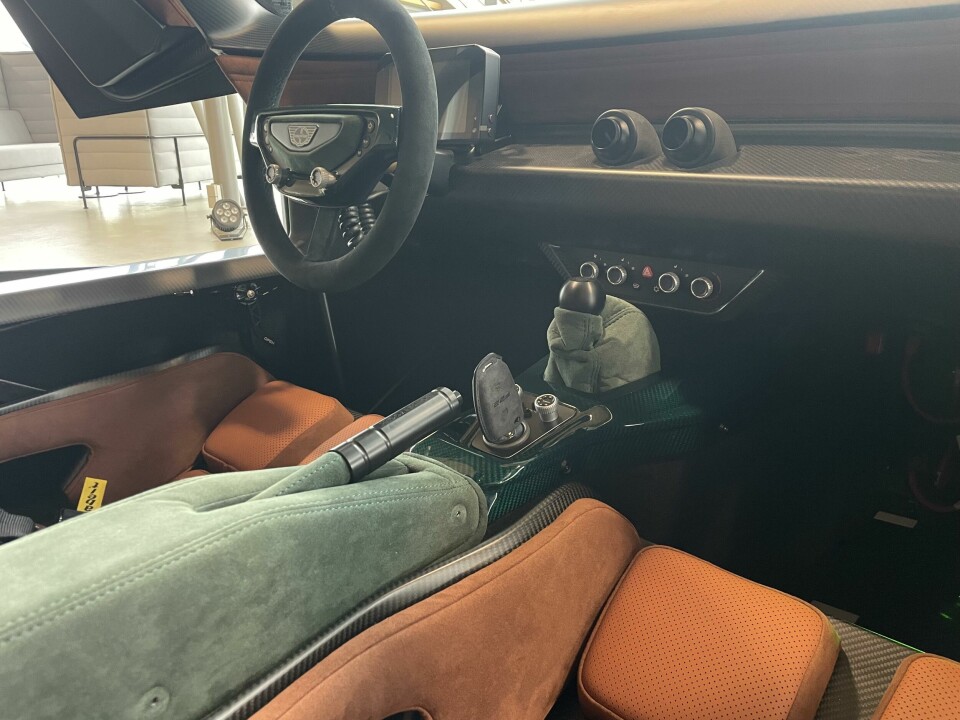
“The F22 has captured a lot of customer feedback, part of which was that the interior was too small. With this we made it 8-9cm wider, which is a big difference,” says Leenarts. “With the earlier models, the interior almost felt like it had one of these wooden planks out of a ship or something. Now it is a much more spacious interior that is sculptural and wraps around you.”
Let it be said up front: these are not conventionally beautiful sportscars. It could be said there is very much a ‘distinct’ Donkervoort look, like some kind of robotic hornet. The bodywork is characterised by a wraparound shoulder line that carries from the front wing right through to the rear spoiler. It is heavily pronounced, jutting out from the main shell of the car and emphasised even further by the part-covered front wheels (à la Caterham, Ariel, KTM, etc.) At the back, a brutalist diffuser dominates the rear end, with the upper mask relatively clean by comparison.
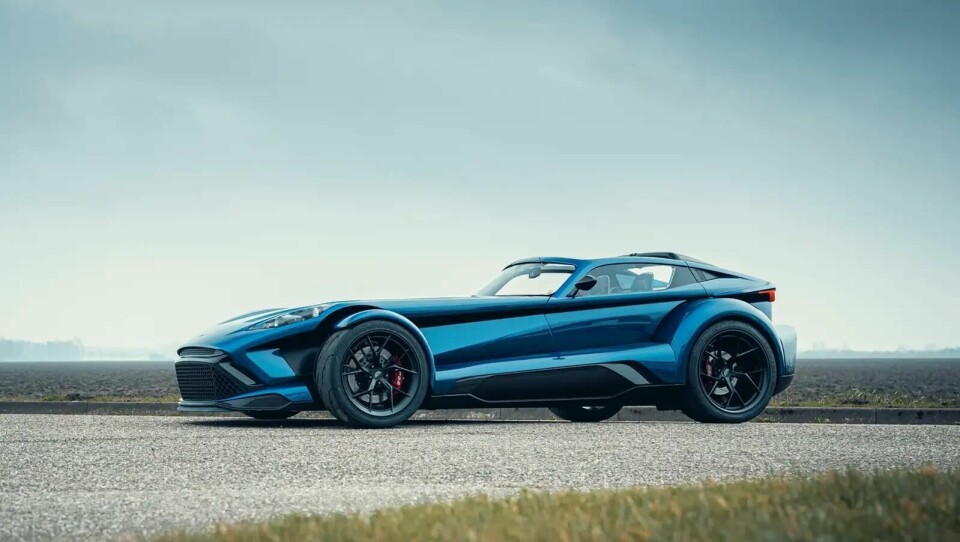
Viewing from the three-quarter angle reveals the fun stuff. The rear spoiler wraps around slightly with protruding wings on each side. At the front, the body flows behind the wheel arch right through to the nose of the car. Both of these elements create unexpected ‘gaps’ in the bodywork through which daylight (and the road ahead) can be seen. “I would dare to say that there is no other car in the industry that looks like a Donkervoort,” says Leenarts. “It has a bit more of an assertive look versus maybe the round lamps that it started off with, like the old Lotus Seven. It is a bit more brutal, but still relatively friendly.”
We don’t want a design studio. Our is that it is such an agile team
The showroom is fairly modest in size but, surrounded by glass and nicely designed across two floors, makes good use of its footprint. It also benefits from the network of quiet industrial roads around the perimeter which connect it with not one but two test tracks (one of which is used by local police, too). A blast around the informal ‘test route’ with in-house racing maestro and salesman, Ismo van Riet, gave CDN a taste of what the F22 is capable of. We also came to the conclusion that van Riet has the easiest job in the world: once prospective buyers are seated, it’s more or less a done deal.
Behind the showroom and visible through porthole doors is the factory, another relatively compact space that is split into various sections with cars being “more complete” towards the front and “less complete” at the back. Chassis welding is done in the far corner and partly-finished carbon-fibre shells sit not far from cars that are undergoing final prep for customer deliveries. It is a very different operation to that of a mass-market automaker, but feels in-keeping with the idea behind Donkervoort: low-volume, high attention to detail.
As for the design studio, well, there isn’t one. This left CDN slightly bemused – we had been promised a visit to see the design team and where sketches are transformed into models, and models into prototypes. “We don’t want a design studio. We have a ‘playroom’ for when we are all together, but otherwise we can do virtual meetings,” explains Wiersma. And for now, there is no plan to expand the team any further. “It doesn’t matter how many peple you have, it’s what you do with them,” says CEO Denis. “Maybe we’d expand if we added different models to the portfolio, but the strength of Donkervoort is that it is such an agile team.”

There is another section of the building that, it turns out, was in fact off limits. Oops. However, the story itself can be shared. In effect, the engineering team has created an in-house moulding technology, Ex-core, which replaces the traditional autoclave (a kind of oven that is used to cure carbon fibre parts).
This means parts can be made quicker and easier, accelerating the production process and saving costs along the way. It has caught the eye of other niche manufacturers, too, namely Formula One and professional Rally teams. The hope is that this will be a growing revenue stream for Donkervoort, feeing back into the business and further investments in technology.
For Donkervoort, Ex-core has also helped to consolidate parts. An important factor in the comany’s progression as a manufacturer. “The design of the vehicle had become a little messy over the years, with lots of different parts,” recalls Leenarts. “My experience with Ford said, you know what? We can clean this up because it looks better and you’ll be producing only half of the pieces. Fewer pieces means more quality and less production.”
Previously, Donkervoorts had used 98 different carbonfibre pieces; now they use 47. The previous model, the GTO, had used seven pieces for the bonnet – now it is just one. “It shows perfectly what can be done with Ex-core,” says CEO Denis.
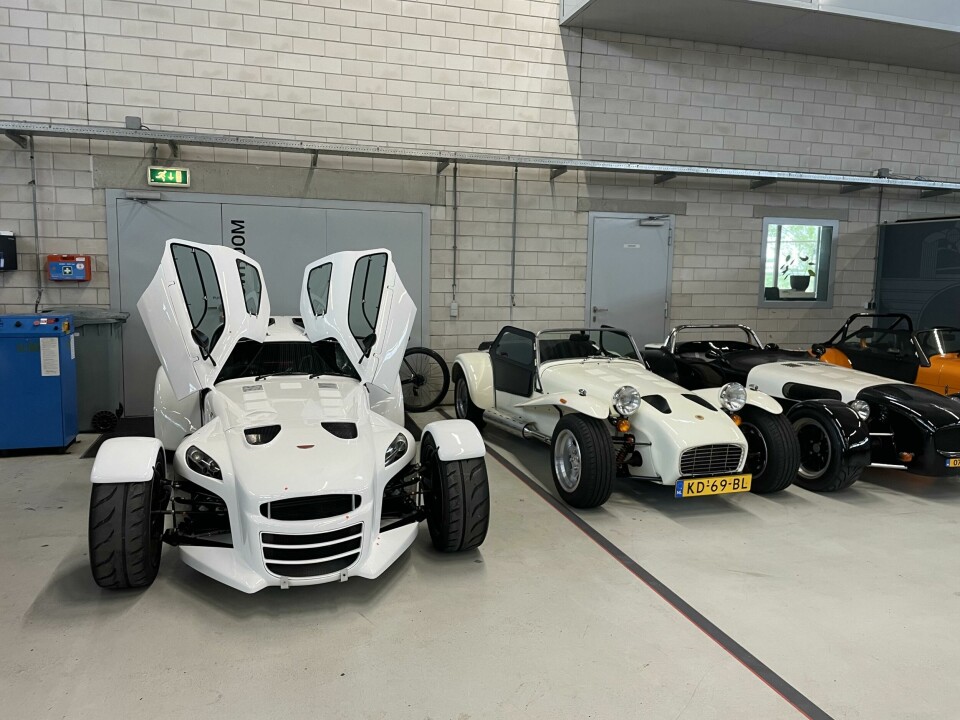
Speaking of technology, the F22 is largely devoid of gadgets but does now sport a digital display behind the steering wheel. Heated seats and adjustable suspension bring a touch of comfort to the car for longer drives – not uncommon judging by the extensive European road trips undertaken by Donkervoort owners’ club members.
Bucket seats and a racing style four-point harness make clear what this is all about, though: scaring yourself and your passenger with Go Kart agility and supercar theatre. The latter is provided courtesy of a turbocharged Audi five-cylinder with just the right amount of turbo lag. (“No lag” is the incorrect answer: you want that element of surprise; get a naturally aspirated engine otherwise). The F22 weighs in at just 750kg but puts out 500bhp, 640nm of torque and can achieve 2.3G in the corners, while 0-60mph comes in around 2.5 seconds.
The experience is like nothing else. Not even the elastic band acceleration of an EV matches the F22 when it comes on boost. Paired with an open top that fills the cabin with road, engine and wind noise, it is borderline overwhelming. At the same time, it is easy to see why driving a Donkervoort could become addictive, and why the company is in such a good spot at the moment. While CDN cannot divulge everything we saw and heard at the factory, there are bigger and better things to come soon.






















